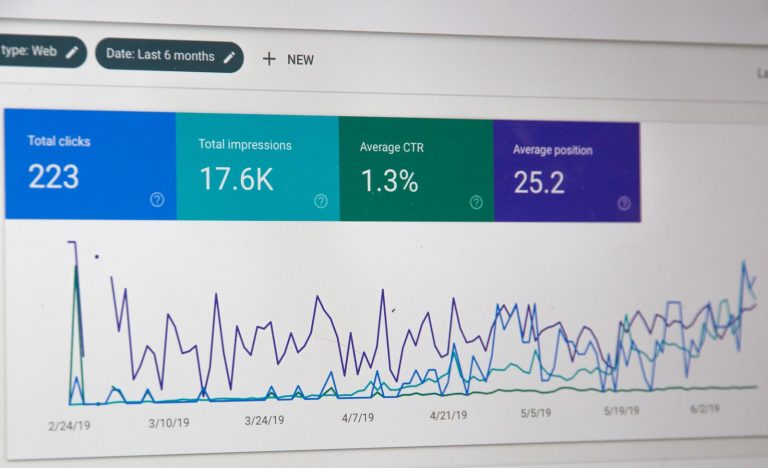User experience (UX) and user interface (UI) design play a crucial role in the success of products. UX/UI design is not just about making a product visually appealing; it’s about creating a seamless and intuitive experience for users. In this article, we will explore the key aspects of UX/UI design and how they contribute to the creation of successful products.
1. Understanding User Needs:
The foundation of UX/UI design lies in understanding the needs and expectations of the target audience. This involves conducting user research, gathering feedback, and analyzing user behavior. By empathizing with users and gaining insights into their motivations, pain points, and goals, designers can create products that truly meet their needs. This understanding helps in making informed design decisions and ensures that the final product resonates with the target audience.
2. Creating a User-Centric Design:
A user-centric design approach is at the core of UX/UI design. It involves designing products that are easy to use, visually appealing, and provide a seamless experience. User-centric design focuses on simplifying complex processes, reducing cognitive load, and guiding users through the product effortlessly. By prioritizing user needs and preferences, designers can create intuitive interfaces that enhance user satisfaction and engagement.
3. Enhancing Usability:
Usability is a critical aspect of UX/UI design. A usable product is one that is easy to navigate, understand, and interact with. Usability testing helps identify any usability issues and allows designers to make necessary improvements. By implementing clear navigation, logical information architecture, and intuitive interactions, designers can ensure that users can easily accomplish their goals within the product. A highly usable product not only enhances the user experience but also reduces frustration and increases user retention.
4. Visual Design and Branding:
Visual design and branding are essential elements of UX/UI design. A visually appealing product creates a positive first impression and helps establish a strong brand identity. Visual design involves selecting appropriate colors, typography, and imagery that align with the brand and evoke the desired emotions. Consistency in visual elements across the product creates a cohesive and memorable experience. Additionally, visual hierarchy and layout play a crucial role in guiding users’ attention and emphasizing important elements within the interface.
5. Interaction Design:
Interaction design focuses on designing the interactions between users and the product. It involves creating intuitive and responsive interfaces that enable users to accomplish their tasks efficiently. Interaction design considers factors such as feedback, affordance, and responsiveness to ensure that users understand how to interact with the product and receive appropriate feedback for their actions. Well-designed interactions enhance the overall user experience and contribute to the success of the product.
6. Mobile Responsiveness:
With the increasing use of mobile devices, it is crucial for products to be responsive and optimized for different screen sizes. Mobile UX/UI design involves adapting the interface and interactions to smaller screens while maintaining usability and visual appeal. A mobile-responsive design ensures that users can access and use the product seamlessly across various devices, enhancing their overall experience and satisfaction.
7. Iterative Design Process:
UX/UI design is an iterative process that involves continuous refinement and improvement. Designers gather feedback, conduct usability testing, and iterate on the design based on user insights. This iterative approach allows for the identification and resolution of any usability issues or design flaws early in the development process. By incorporating user feedback and data-driven insights, designers can create products that evolve and improve over time, leading to a more successful and user-friendly end product.
Bottom Line:
UX/UI design is a critical component in creating successful products. By understanding user needs, creating user-centric designs, enhancing usability, focusing on visual design and branding, designing intuitive interactions, ensuring mobile responsiveness, and following an iterative design process, designers can create products that not only meet user expectations but also drive business success. Investing in UX/UI design from the early stages of product development can result in higher user satisfaction, increased user engagement, and ultimately, a competitive edge in the market.




